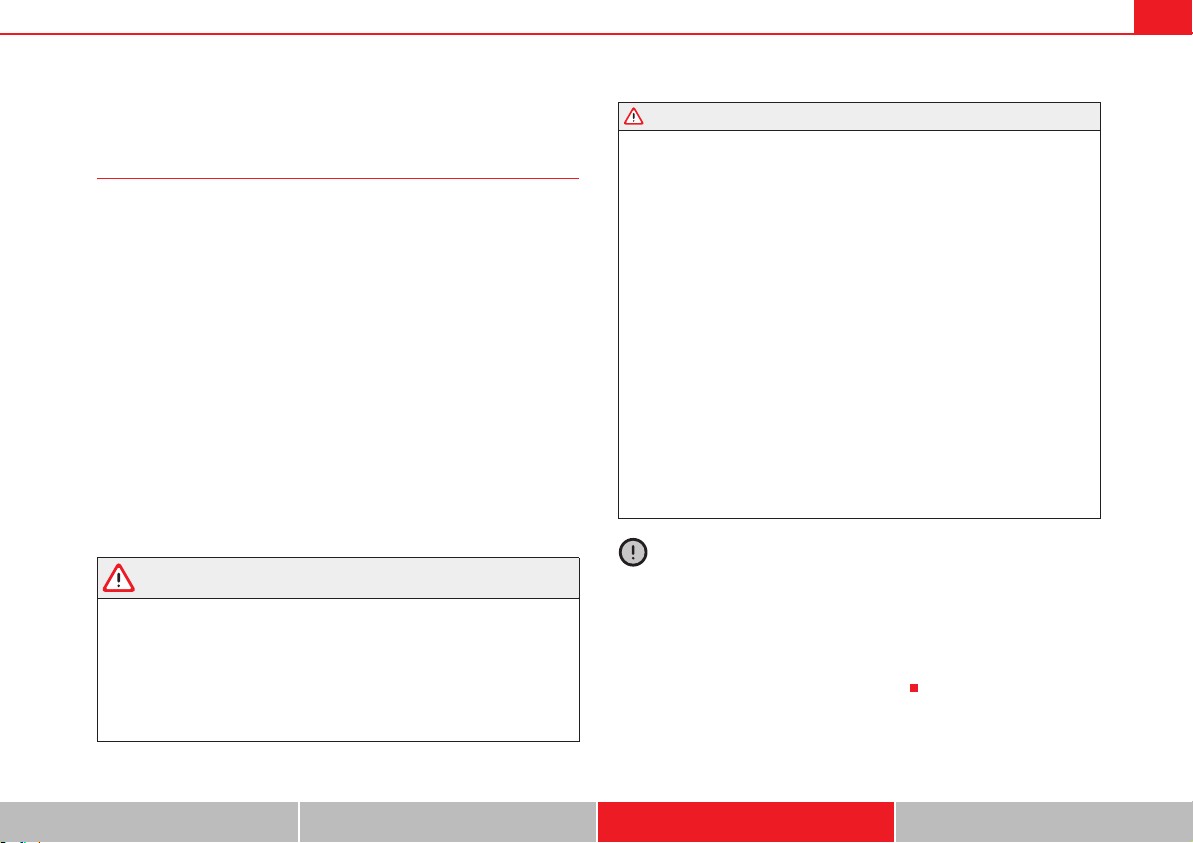Loading ...
Loading ...
Loading ...

If and when 371
Safety First Operating instructions Practical tips Technical Data
Starting assistance
Introduction
If the engine fails to start because of a discharged battery, the battery of
another vehicle can be used to start the engine. Before starting, check the
magic eye on the battery page 318.
For starting assistance, jump lead cables conforming to the standard DIN
72553 are required (see the cable manufacturer instructions). The jump lead
cable must be at least 25 mm
2
in section (0.038 inches
2
) for petrol engines,
and 35 mm
2
(0.054 inches
2
) for diesel engines.
For vehicles whose battery is not in the engine compartment, the jump leads
should only be connected to the starting assistance connection points in the
engine compartment.
Additional information and warnings:
x Starter assist systems (Start-Stop function) page 221
x Working in the engine compartment page 304
x Selective Catalytic Reduction (AdBlue) page 300
x Vehicle battery page 318
WARNING
Incorrect use of jump leads and incorrectly jump starting could cause the
battery to explode resulting in serious injury. Please observe the following
rules to minimise the risk of a battery explosion:
x All work involving the vehicle battery and electrical system can cause
corrosion, fire and serious electric shocks. Always read and take into
account the safety warnings and standards before beginning work on the
battery page 318, “Vehicle battery”.
x The battery providing current must have the same voltage (12V) and
approximately the same capacity (see markings on battery) as the flat
battery.
x Never charge a frozen or recently thawed battery. A flat battery can
freeze at temperatures around 0°C (+32 °F).
x If a battery is frozen and/or has been frozen then it must be replaced.
x A highly explosive mixture of gases is released when the battery is
being charged. Always keep lit cigarettes, open flames, sparks and fire far
from the battery. Never use a mobile telephone when connecting and
removing the jump leads.
x Charge the battery only in well ventilated areas given that when the
battery is charged by outside assistance, it creates a mix of highly explo-
sive gases.
x Jump leads should never enter into contact with moving parts in the
engine compartment.
x Never switch the positive and negative poles or connect the jump leads
incorrectly.
x Note the instructions provided by the manufacturer of the jump leads.
Caution
To avoid considerable damage to the vehicle electrical system, note the
following carefully:
x If the jump leads are incorrectly connected, this could result in a short
circuit.
x The vehicles must not touch each other, otherwise electricity could flow as
soon as the positive terminals are connected.
WARNING (continued)
Loading ...
Loading ...
Loading ...